OLED lighting has been around for a while, and its future development prospects are exciting and transformative. Some institutions expect the OLED lighting market to reach $1.5 billion by 2021. On the 2016 Frankfurt Light+Building, which is in full swing, OLED lighting has once again caused heated discussion. However, the future of OLED lighting is still uncertain, and some industry insiders are still skeptical about its development prospects. So, in 2016 and in the next few years, what is the development trend of OLED lighting technology, industry and market? This will be analyzed below.
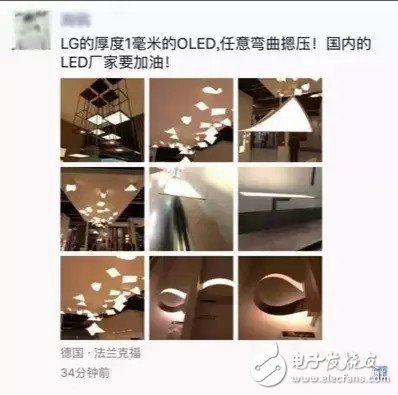
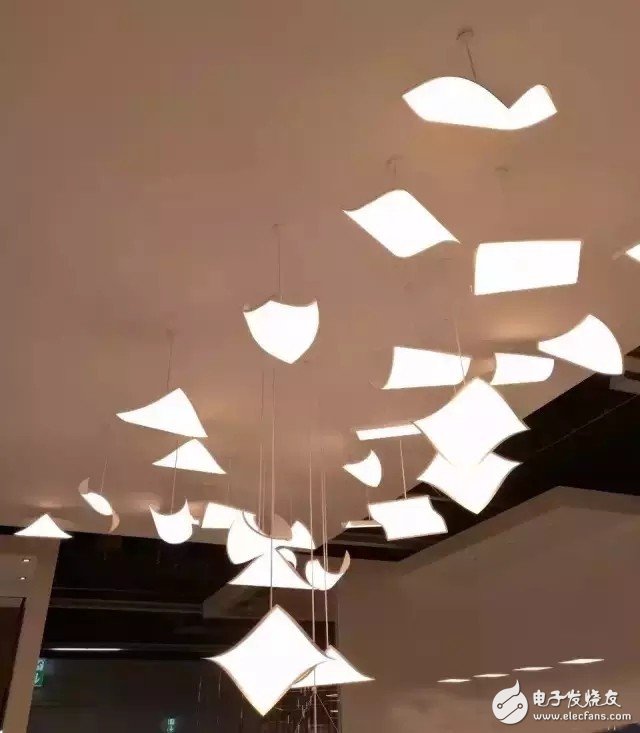
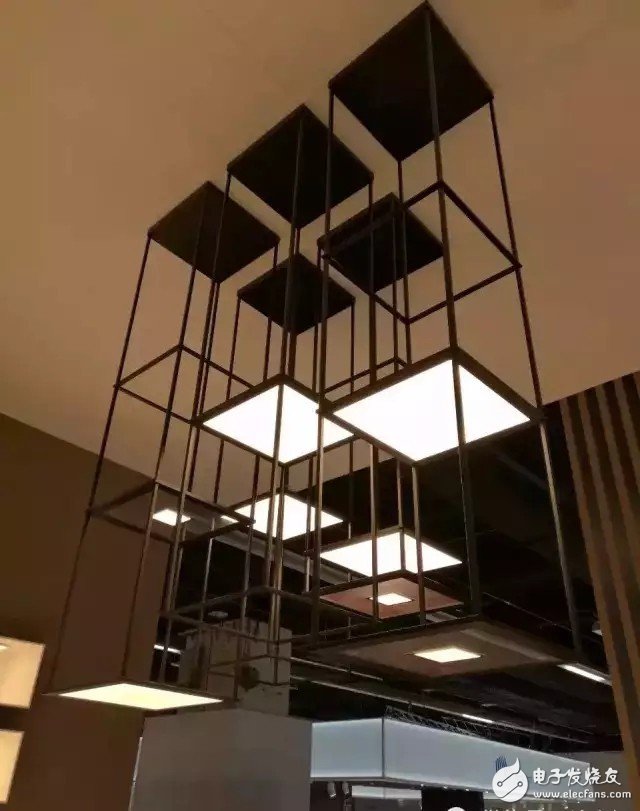
(OLED lighting on display at Frankfurt Light+Building 2016)
Price is an important factor hindering the rapid development of the OLED lighting market
The new direction of OLED technology development in the field of automotive lighting
OLED market revenue is mainly driven by display applications, such as smart phone display, smart watches, etc., but based on OLED design, form factor and performance and other technical characteristics, as well as competitors, profitability is not easy to improve and other factors, the industry's manufacturers for several years Efforts have also been made to develop OLED lighting applications.
However, the current high cost of OLED technology is not conducive to market development. At present, the lower lighting efficiency has also slowed down the market application, and the product advantages claimed by OLED lighting manufacturers have not been recognized by consumers. Therefore, OLED technology needs to find a niche market or “guide†the market to expand the product scale and open the market window, so that OLED technology can show its technical advantages and capabilities to consumers.
Automotive lighting can be said to be the first "guided" market for OLED lighting technology applications. In fact, with the recent maturity of LED integration technology, automotive lighting has evolved from a basic function to a potentially high-value model. Osram CEO Olaf Berlie once said, “OLED technology is a key technology in niche markets such as automotive lighting such as taillights. The automotive business is an important market for OSRAM. Since 2013, OSRAM has been working on automotive lighting applications for near-display OLEDs. R&D of technology.†OLED technology has the potential to stand out from the competition with LED technology and bring new added value to the product.
The BMW M4 GTS was released in 2016 and uses OLED lighting technology in its taillights. It is the first production car to use OLED lighting technology. This technology has been applied to the taillights of many manufacturers' concept cars. The question now is how much interest the car foundry and first-tier producers will have in this technology.
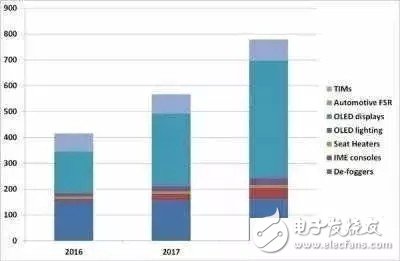
OSRAM expects OLEDs to play an important role in automotive lighting.
In order to enter the traditional but stable demand lighting market such as commercial lighting, office lighting, etc., OLED technology needs to integrate enough differentiated niche markets or “guide†the market to achieve economies of scale, thereby reducing costs. In these areas, OLED technology vendors have conducted in-depth research on some lighting applications, such as medical lighting and embedded lighting.
OLED technology is also being applied to lighting, and many companies are actively investing in the research and development and industrialization of OLED lighting panels. The OLED lighting panel market is estimated to have reached nearly $30 million in 2015 and is expected to grow to approximately $1.5 billion by 2021. Despite the many difficulties, the development of the general lighting market will drive the growth of the OLED lighting market.
OLED lighting industry's recent mergers and acquisitions and frequent exits
OLED manufacturers should actively face
OLED lighting manufacturers are not only facing many technical challenges, but also facing the depressed market demand for OLED lighting products. Many manufacturers have begun to adjust their OLED lighting product plans. Some manufacturers have decided to exit the OLED lighting market. For example, Philips Lighting has sold its OLED-related assets, and Panasonic has also announced its exit from the OLED lighting market. However, most recent industrial restructuring and repositioning are related to mergers and acquisitions, such as: OLED Works acquired OLED related assets of Philips Lighting, and LG Display acquired LG Chem OLED Lighting. Other companies are also undertaking or anticipating mergers and acquisitions in the coming years.
Some companies have decided to focus part of their OLED product plans on automotive lighting, such as the OSRAM mentioned above, or focus on niche lighting applications that can benefit OLEDs with higher added value than LEDs or other light sources. Such as Alkilu, Polyphotonix, Takahata.
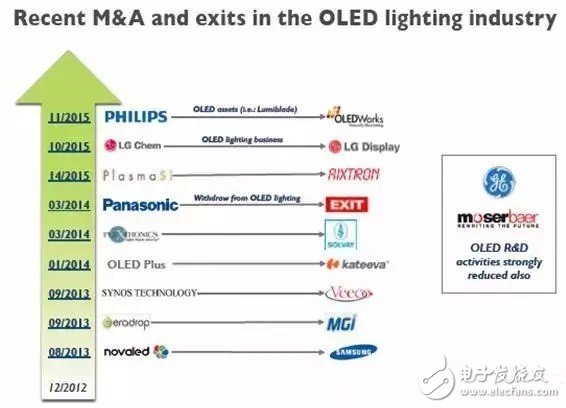
Recent acquisitions and exits of the OLED lighting industry
Start-ups and small businesses are also experiencing a downturn in the market environment due to depletion of investment. As a result, companies that develop innovative materials and processes are looking for wealthy industry partners to commercialize their products through collaborative R&D. On the other hand, this trend is also an opportunity for industry giants who are facing technical challenges. In fact, these industry giants are very interested in working with companies that have “severe technology†to accelerate their product development. In this case, the partnership to overcome technical barriers and create opportunities in the OLED lighting market is more important than ever.
Finally, the same thing to understand is that some new companies have entered the OLED lighting industry in recent years. Most new companies entering the OLED field have targeted their OLED display applications. Other companies that may master OLED lighting technology, but have not yet entered the industry, are waiting for market demand in this area to break out. At present, Osram, General Electric, Visionox, Nanjing Dijon Organic Luminescence, and Beijing BOE have participated in the research of OLED lighting applications.
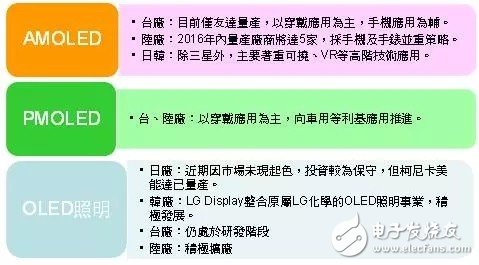
Recent development of the OLED industry
OLED lighting products can be mass produced
Still need to actively explore efficient solutions
OLED lighting manufacturers are currently facing the problem of “chicken or egg firstâ€: the cost/price can be reduced through mass production, but the barrier to entry into the mass market is the high production cost of OLED lighting panels. The solutions currently under discussion mainly include: (1) improving the synergy effect with OLED display technology, obtaining an optimized supply chain, jointly conducting product research and development, and effectively utilizing OLED display production equipment. (2) Focus on developing innovative technologies that can quickly reduce costs and improve performance.
In 2015, the rapid development of OLED lighting technology has successfully developed higher performance materials, such as blue phosphor excitation materials; the innovation of substrate and light extraction technology has improved the light extraction efficiency; the drive has also been greatly improved. Breakthrough technology that reduces production costs and/or brings better OLED lighting design freedom is now nearing the commercial stage: Konica Minolta built Roll-to in 2014/2015 -Roll (R2R) process production plant, LG Display began commercializing its flexible OLED lighting panels in 2015, Sumitomo Chemical recently began to supply a small amount of its polymer printed OLED lighting panels.
![]()
Flexible device and OLED lighting device diagram
About flexible OLED, a potential killer OLED lighting product, LG Display has been commercialized in 2015. However, cost-effective moisture-proof technology solutions, such as substrate/package ratings, remain a key challenge for advanced OLED development. In fact, flexible OLEDs can be processed on different substrates, each with its own advantages and disadvantages, such as foils providing good barrier properties, but opaque; ultra-thin glass transparent and excellent barrier properties, but relatively fragile; transparent plastic substrates It is flexible, but requires a good barrier.
Therefore, in order to avoid the reliability and longevity of the OLED device package, the barrier scheme often requires special customization. In 2016, there is still no mainstream solution in the market, and many companies have developed their own barriers.
Equally important and important is the additional advantages of using flexible substrates when using the Roll-to-Roll process, soluble materials and solvent-based technologies such as slit coating or inkjet technology, which may reduce OLED production costs. .
These issues, advancements and innovations are driving OLED lighting step by step into a solution for efficient lighting today and in the future.
The biggest difference between OLED LighTIng and existing LED illumination is that it is a flat-emitting feature. Compared with the LED point source illumination mode, OLED LighTIng does not require a light guide plate and other components, which is relatively simple. Under the premise of good luminous efficiency of materials, OLED LighTIng is close to human body temperature when lighting, and it is not easy to burn when touched. Its spectrum is similar to sunlight and not glare. It is suitable for the field of strict control of light source in household market and museum.
The illuminating properties of the OLED LighTIng surface light source can be applied to a flexible substrate to form a foldable and flexible appearance, which will enhance the design flexibility and artistry for the field of illumination. Flexibility and non-breakable properties will make lighting products and application technology new and beyond the current imagination. In addition, according to the estimation of Prof. Koji Yuji of the Institute of Science and Technology of Yamagata University in Japan, OLED lighting is expected to reduce 6.7 million tons and about 2.3% of carbon dioxide emissions by 2020.
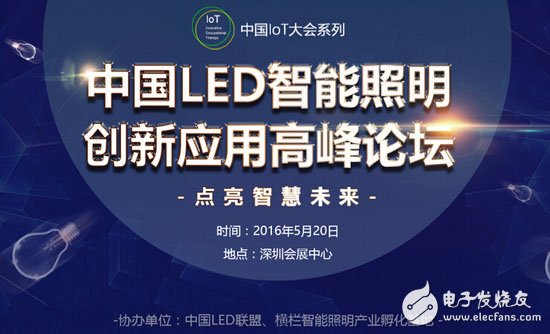
China IOT Conference Series [The 3rd China LED Intelligent Lighting Innovation Application Summit Forum ] will invite Zigbee Alliance, WiFi, Bluetooth and 2.4G technology major supplier executives to share their market insight and latest development results, I hope you can grasp This rare opportunity to exchange, find better business opportunities, and find a higher partner.
LED module introduction: LED Display Module is one of the main components of the finished Led Display! It mainly consists of LED lamp, PCB board, driver IC, resistor, capacitor and plastic kit!
Classification of Led Display Module
From the light color
LED display module is divided by color:
I. monochromatic modules, such as single red, single green, single blue, single yellow and single white modules
2. Two color modules, such as red and green, red and blue.
3. full color module is mainly a product with red, green and blue primary colors on one LED module
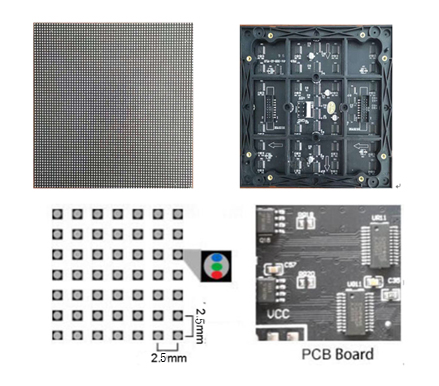
According to the purpose of LED display
LED display module is divided into indoor, semi outdoor and outdoor, grid screen, strip screen, glass screen, etc. according to the different use space.
From the use of lamp beads
According to different LED packaging devices, LED display module can be divided into: LED display module of direct light, LED display module of indoor lattice, LED display module of surface mount.
Divide by pixel spacing
According to the LED pixel spacing, generally used more is: p1.25, p1.875, p1.56, P2, P3, P4, P5 and so on.
LED display function
1. Play the role of commodity publicity and attracting customers.
2. Play the role of store decoration and improve the level of enterprises.
3. Play the role of lighting and innovation.
4. Play the role of popularizing knowledge. (it can be used to play small information of enterprise products and knowledge of relevant industries)
5. Play the role of bulletin board. (promotion, recruitment information release)
6. Act as a foil to the atmosphere. Through the display screen, you can play the welcome words of superior leaders and various VIPs to visit and guide, and the celebration words of various major festivals.
7. It plays a warning role and is often used for road traffic LED navigation indication, etc.
It is undeniable that the ultimate purpose of establishing billboards is to publicize commodity information, attract target customers and make the most profit as much as possible. Led billboard is to achieve this goal to become the first choice of enterprise publicity.
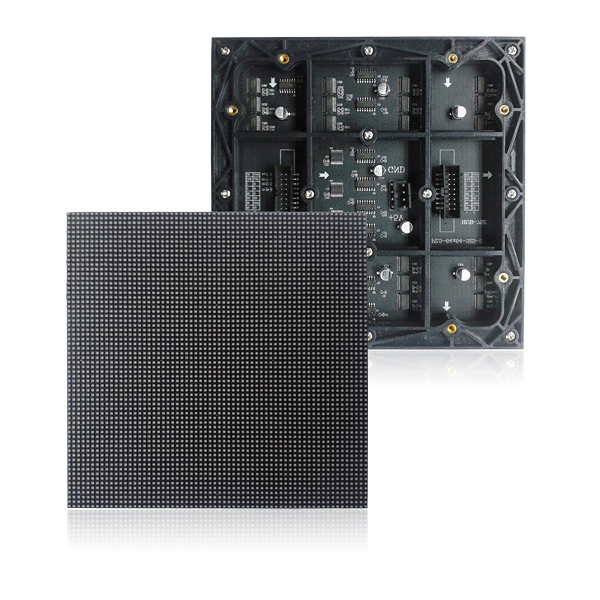
LED Display Module
Led Display Module,Single Led Display Module,Soft Led Display Module,Flexible Led Display Module
Shenzhen Vision Display Technology Co,.LTD , https://www.ledvdi.com